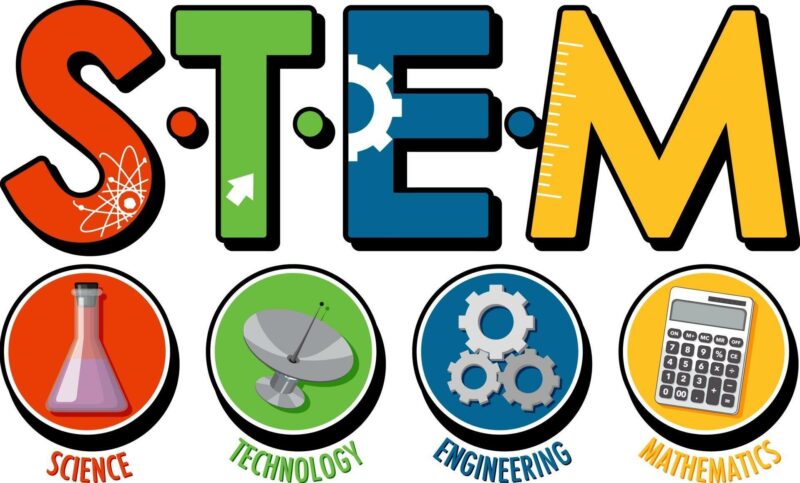STEM education is an educational approach that integrates science, technology, engineering, and mathematics (STEM) subjects into a cohesive learning experience. STEM education is designed to prepare students for the 21st-century workforce, which increasingly demands workers with STEM skills.
There are many benefits to STEM education. For one, STEM education can help students develop critical thinking and problem-solving skills. These skills are essential for success in college and the workforce. Additionally, STEM education can help students develop creativity and innovation. These skills are essential for solving the complex problems facing our world today.
STEM education is also important for economic competitiveness. The United States is facing a shortage of STEM workers. By 2018, it is estimated that there will be 1.4 million STEM jobs in the United States that will go unfilled. STEM education can help close this gap and ensure that the United States remains competitive in the global economy.
There are many ways to implement STEM education in the classroom. One way is to integrate STEM topics into existing lessons. For example, a science teacher could have students design a model of a solar system as part of a unit on astronomy. Another way to implement STEM education is to create interdisciplinary projects that involve students from different disciplines. For example, a math teacher could collaborate with a science teacher to have students design a roller coaster that meets certain mathematical and engineering specifications.
There are many resources available to help teachers implement STEM education in the classroom. One resource is the National Science Teachers Association (NSTA). The NSTA offers a variety of resources for STEM education, including lesson plans, activities, and professional development opportunities. Another resource is the Society for Science & the Public (SSP). The SSP offers a variety of STEM education programs, including the FIRST® Robotics Competition and the Science Olympiad.
STEM education is an important investment in the future of our students and our country. By providing students with a strong foundation in STEM, we can help them develop the skills they need to succeed in college, the workforce, and life.
Here are some specific examples of how STEM education can benefit students:
- Critical thinking and problem-solving skills: STEM education can help students develop critical thinking and problem-solving skills by providing them with opportunities to apply what they are learning to real-world problems. For example, students might be asked to design a new product, solve a mathematical puzzle, or engineer a solution to a environmental problem.
- Creativity and innovation: STEM education can help students develop creativity and innovation by providing them with opportunities to explore their own ideas and solutions. For example, students might be asked to come up with a new way to use technology, design a new game, or create a new piece of art.
- Economic competitiveness: STEM education can help close the gap between the number of STEM jobs available and the number of STEM workers available. By providing students with the skills they need to succeed in STEM careers, STEM education can help ensure that the United States remains competitive in the global economy.
Here are some specific ways to implement STEM education in the classroom:
- Integrate STEM topics into existing lessons: One way to implement STEM education in the classroom is to integrate STEM topics into existing lessons. For example, a science teacher could have students design a model of a solar system as part of a unit on astronomy.
- Create interdisciplinary projects that involve students from different disciplines: Another way to implement STEM education is to create interdisciplinary projects that involve students from different disciplines. For example, a math teacher could collaborate with a science teacher to have students design a roller coaster that meets certain mathematical and engineering specifications.
- Use hands-on activities and experiments: STEM education is often best taught through hands-on activities and experiments. This allows students to explore concepts and ideas in a more meaningful way.
- Provide opportunities for students to work collaboratively: STEM education can be more effective when students work collaboratively. This allows students to share ideas, learn from each other, and solve problems together.
- Use technology: Technology can be a valuable tool for STEM education. It can be used to provide students with access to information, simulations, and other resources.
STEM education is an important investment in the future of our students and our country. By providing students with a strong foundation in STEM, we can help them develop the skills they need to succeed in college, the workforce, and life.


